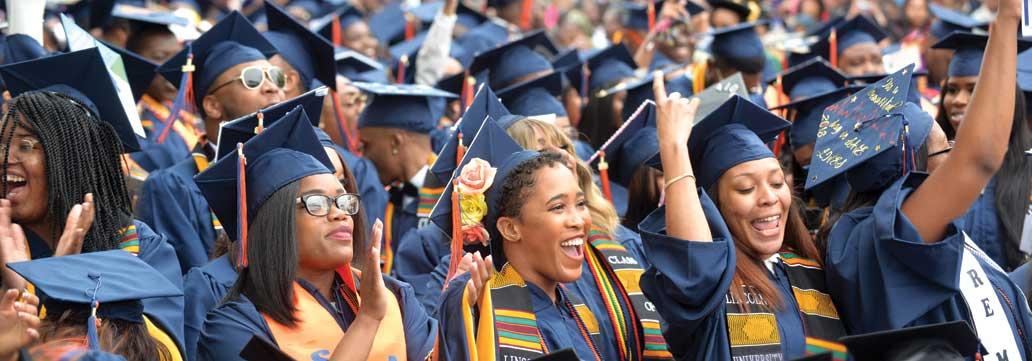
As evidenced by five consecutive years of balanced budgets and unqualified opinions on its annual audits, Lincoln University is financially stable. Additionally, the University’s asset base—comprised of land, facilities and investments—is relatively large compared to institutions of the same size and character. Further, the University has experienced such steady growth in enrollments that the current student population is the largest in the institution’s history.
As a result, the University is now poised to move from being fiscally stable to fiscally healthy. Achieving this goal will require a concerted effort towards identifying new and diverse streams of revenue while balancing enrollment growth with educational resources.
Surveys, interviews, and focus groups confirm that Lincoln University should continue to emphasize its tradition of the liberal arts. Faculty and alumni are especially supportive of this direction. The current curricular and co-curricular opportunities suggest that the University has maintained a liberal arts base. The Institutional Learning Outcomes identified represent many of the essential skills deemed important within the higher education and corporate communities, and many of our students have access to high impact pedagogies, such as study abroad, undergraduate research and internships, which are known to deeply impact learning.
The goal now is to maximize the University’s approach. Particular focus must be placed on embedding opportunities to develop and hone essential skills across curricular and co-curricular experiences. Additionally, better integration of high-impact learning opportunities into the overall educational context deserves strategic attention.
Lincoln University managed to move itself forward over the past five years in spite of turbulent financial and leadership challenges. Austere budgeting practices and reductions in force allowed the University to operate uninterrupted. Faculty and staff came together to ensure delivery of services to students, and best practices such as outsourcing were used to manage daily demands. Through these efforts, the University has maintained effective operations.
The University must now prepare itself for long-term growth. This will require investments in technological and physical infrastructures. Strategic increases in faculty and staff will be needed to better balance the workforce, and we must seek the functional synergies in our organizational structure that are necessary to deliver the highest quality of service to our students.